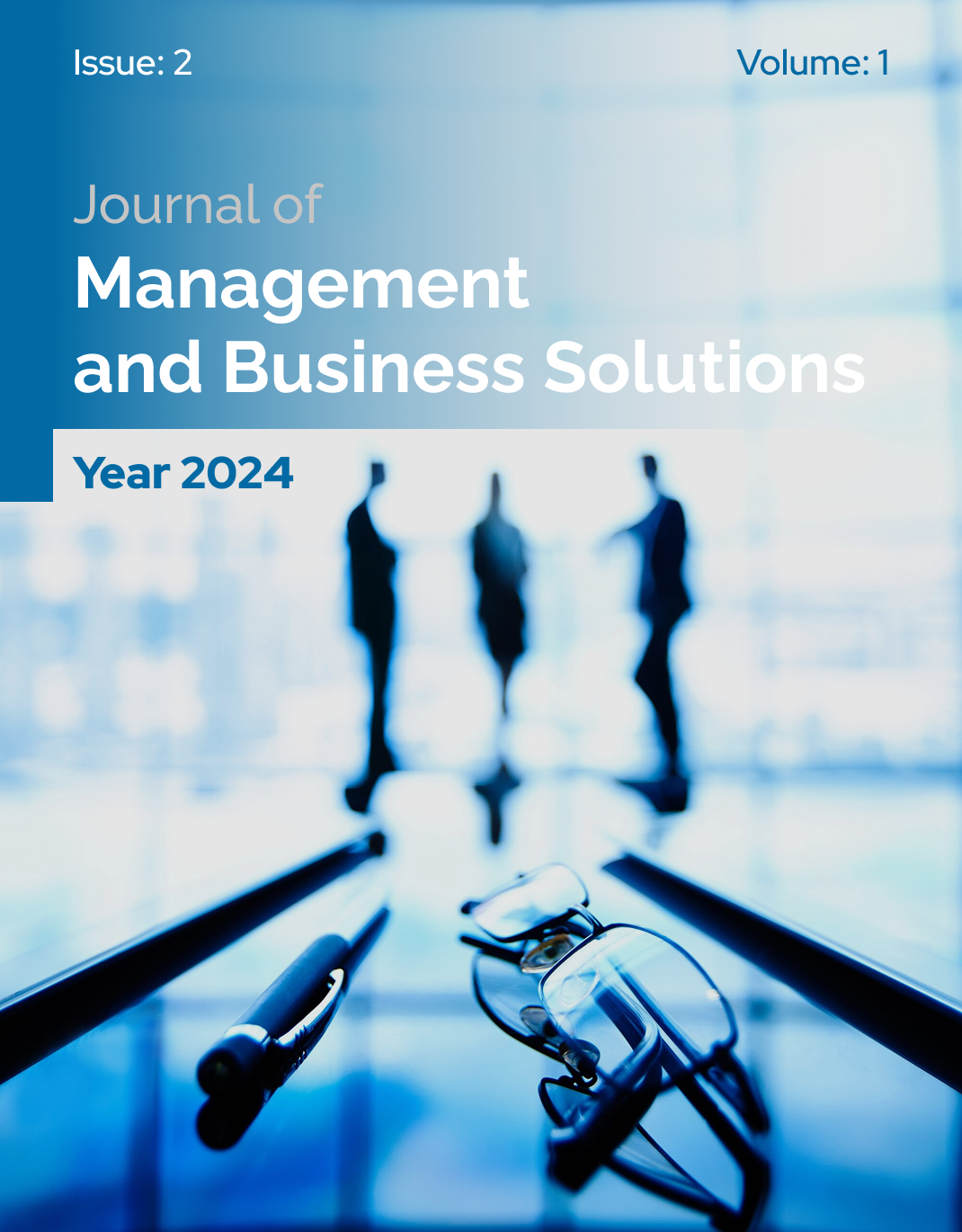Exploring the Relationship Between Organizational Structure and Employee Productivity in Knowledge-Intensive Firms
Keywords:
Organizational structure, employee productivity, knowledge-intensive firms, communication dynamics, autonomy, qualitative researchAbstract
This study aims to explore how specific elements of organizational structure influence employee productivity within knowledge-intensive firms operating in Tehran, Iran. A qualitative research design was employed using semi-structured interviews with 18 participants from various knowledge-intensive firms in Tehran. Participants were purposefully selected based on their experience in project management, research, innovation, or technical expertise. Interviews focused on perceptions of structural design, communication dynamics, and their impact on productivity. Data collection continued until theoretical saturation was achieved. Thematic analysis was conducted using NVivo 12 software to code transcripts, identify patterns, and generate emergent themes through an iterative coding process. Three overarching themes emerged: (1) Structural Configuration, including subthemes such as hierarchical clarity, role specialization, and decentralization, which influenced task focus and autonomy; (2) Communication Dynamics, encompassing vertical and horizontal communication flows, technological channels, and information transparency, all of which mediated the structure–productivity relationship; and (3) Productivity Enablers and Barriers, which involved autonomy in task execution, knowledge-sharing culture, innovation support mechanisms, and workload balance. Participants emphasized that flexible structures, effective communication, and supportive cultures significantly enhanced productivity, while structural redundancy, overcommunication, and poor workload planning served as barriers. The study underscores the critical role of adaptive and transparent organizational structures in promoting productivity within knowledge-intensive firms. Aligning structural elements with communication practices, autonomy, and a collaborative culture is essential for maximizing employee performance. These findings contribute to both theory and practice by offering actionable insights for designing more effective organizational environments in dynamic, knowledge-driven contexts.
Downloads
References
Alvesson, M. (2004). Knowledge work and knowledge-intensive firms. Oxford University Press.
Barley, S. R., & Kunda, G. (2001). Bringing work back in. Organization Science, 12(1), 76–95. https://doi.org/10.1287/orsc.12.1.76.10122
Birkinshaw, J., & Ridderstråle, J. (1999). Fighting the corporate immune system: A process study of subsidiary initiatives in multinational corporations. International Business Review, 8(2), 149–180. https://doi.org/10.1016/S0969-5931(98)00041-2
Burns, T., & Stalker, G. M. (1961). The management of innovation. Tavistock Publications.
Cascio, W. F., & Shurygailo, S. (2003). E-leadership and virtual teams. Organizational Dynamics, 31(4), 362–376. https://doi.org/10.1016/S0090-2616(02)00130-4
Child, J. (2005). Organization: Contemporary principles and practice. Blackwell.
Daft, R. L. (2015). Organization theory and design (12th ed.). Cengage Learning.
Gibson, C. B., & Birkinshaw, J. (2004). The antecedents, consequences, and mediating role of organizational ambidexterity. Academy of Management Journal, 47(2), 209–226. https://doi.org/10.5465/20159573
Lee, M. Y., & Edmondson, A. C. (2017). Self-managing organizations: Exploring the limits of less-hierarchical organizing. Research in Organizational Behavior, 37, 35–58. https://doi.org/10.1016/j.riob.2017.10.002
Leonardi, P. M. (2011). When flexible routines meet flexible technologies: Affordance, constraint, and the imbrication of human and material agencies. MIS Quarterly, 35(1), 147–167. https://doi.org/10.2307/23043493
Mintzberg, H. (1979). The structuring of organizations: A synthesis of the research. Prentice-Hall.
Nahapiet, J., & Ghoshal, S. (1998). Social capital, intellectual capital, and the organizational advantage. Academy of Management Review, 23(2), 242–266. https://doi.org/10.5465/amr.1998.533225
Starbuck, W. H. (1992). Learning by knowledge‐intensive firms. Journal of Management Studies, 29(6), 713–740. https://doi.org/10.1111/j.1467-6486.1992.tb00686.x
Tsoukas, H., & Mylonopoulos, N. (2004). Introduction: Knowledge construction and creation in organizations. British Journal of Management, 15(S1), S1–S8. https://doi.org/10.1111/j.1467-8551.2004.00396.x
Tushman, M. L., & Nadler, D. A. (1978). Information processing as an integrating concept in organizational design. Academy of Management Review, 3(3), 613–624. https://doi.org/10.5465/amr.1978.4305791
Downloads
Published
Submitted
Revised
Accepted
Issue
Section
License

This work is licensed under a Creative Commons Attribution-NonCommercial 4.0 International License.




